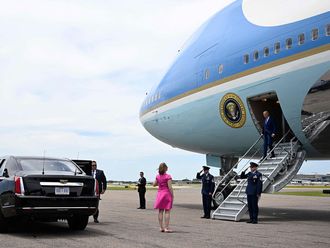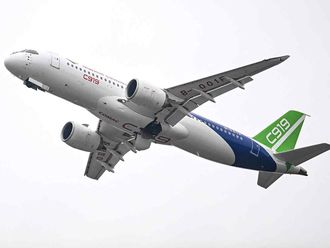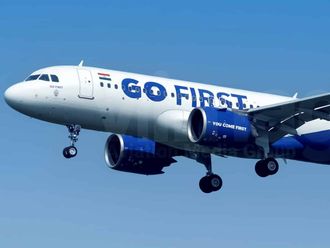DUBAI: Dubai International Airport saw 83.6 million passengers pass through it in 2016, operator Dubai Airports said in a statement on Tuesday.
Representing an increase of 7.2 per cent on 2015, a year in which 78 million passengers travelled through Dubai International, the 2016 figure of 83.6 million still fell short of the projected 85 million that authorities had hoped for.
Yet the airport retained its title as the world’s number one airport for international passengers.
This year is estimated to bring 87 million passengers to Dubai International, according to Paul Griffith, CEO of Dubai Airports, as the airport slowly seeks to close the gap “on Atlanta and Beijing for the top spot in overall traffic,” he stated.
India saw an increase of 10 per cent in passengers on the previous year, remaining Dubai’s largest destination country for 2016, boosted by the launch of new services by Spice Jet, Jet Airways, Air India and others. Over 11 million passengers travelled to the country last year.
Saudi Arabia was the second most travelled to destination, with 6.08 million passengers (up 11.3 per cent), narrowly edging out the UK with 6.06 million passengers (up 6.7 per cent), although London remained the most visited destination city connected to Dubai International, overtaking Doha by approximately 750,000 passengers.
The top growth regions for the airport were eastern Europe, which saw an increase in passengers travelling to and from Dubai International by 17.5 per cent, Asia, and India, which grew by 11.4 per cent and 9.5 per cent respectively.
Last year witnessed the launch of 11 new services from Dubai International thanks to network expansion by local-carriers flydubai and Emirates, among other international carriers.
Several airlines, including Nepal Airlines and Rossiya started operating services to Dubai International, too, contributing to a boost in numbers.
Despite contracting in the third quarter, cargo volumes bounced back in fourth quarter, finishing the year with 2.59 million tonnes of freight, up 3.4 per cent on the 2.5 million registered in 2015.











